Source ingredients from suppliers with good post-harvest storage practices to prevent mycotoxins
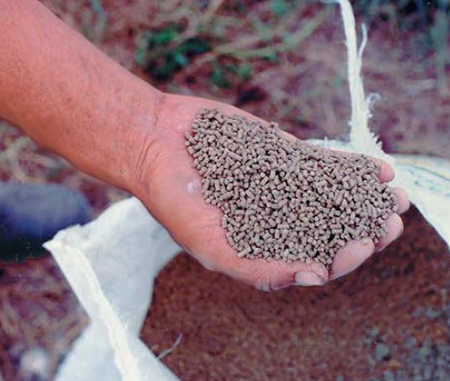
The presence of antinutritional factors within plant feedstuffs is one of the major factors that limit plant use at high dietary inclusion levels within compound aquafeeds. Table 1 summarizes the major groups of antinutritional factors in plant feedstuffs.
Although these factors vary in toxicity to fish and shrimp, many can be inactivated, destroyed, or removed through appropriate heat treatment, cooking, and solvent or water extraction processes. Alternatively, modern genetics and biotechnology techniques have also helped.
Unfortunately, little toxicological information concerning the majority of these antinutritional factors in fish and shrimp exists. In general, the presence of antinutritional factors in untreated foodstuffs usually results in loss of appetite, reduced growth, and poor feed efficiency when used at high dietary concentrations.
Potentially toxic contaminants
Nutritional disorders and pathologies also arise from the presence of specific toxic contaminants within feedstuffs (Table 2). Of the adventitious toxic factors mentioned in this table, probably the most important – from a pathological and economic viewpoint – are the fungal toxins or “mycotoxins.”
Tacon, Endogenous toxic factors in plant foodstuffs, Table 1
| Material | Toxic Factors |
|---|
Material | Toxic Factors |
|---|---|
| Proteins | Protease inhibitors Haemagglutinins |
| Glycosides | Goitrogens Cyanogens Saponins Estrogens |
| Phenols | Gossypol, tannins |
| Miscellaneous | Antiminerals Antivitamins Antienzymes Food allergens Microbial/plant carcinogens Toxic amino acids |
Tacon, Toxic contaminants within feedstuffs, Table 2
| Toxic Contaminants | Examples |
|---|
Toxic Contaminants | Examples |
|---|---|
| Elevated levels of specific additives | Certain binders and stabilizers, therapeutic drugs, growth promoters |
| Toxic factors arising from processing | Solvent residues present in solvent extracted oilseeds, lipids spoiled by oxidation and/or heat |
| Contaminants of biological origin | Protozoan toxins from spoiled fish algal toxins from shellfish/fish, fungal toxins in stored feeds (e.g., mycotoxins from contaminated feedstuffs), bacterial transmissible spongiform encephalopathies |
| Synthetic/environmental contaminants | Pesticide residues (chlorinated hydrocarbons) organochlorine compounds (polychlorinated biphenyls, dioxins), petroleum hydrocarbons, heavy metals (mercury, cadmium, lead) |
Tacon, Mycotoxins present in feedstuffs, Table 3
| Crop | Mycotoxin |
|---|
Crop | Mycotoxin |
|---|---|
| Alfalfa/lucerne | aflatoxins, zearalenone |
| Cassava/tapioca | aflatoxins, zearalenone |
| Cottonseed | aflatoxins |
| Groundnut/peanuts | aflatoxins, cyclopiazonic acid, zearalenone, ochratoxin A, citrinin, verruculotoxin |
| Maize/corn | aflatoxins, zearalenone, deoxynivalenol (DON), T-2 toxin, diacetoxyscripenol (DAS), nivalenol (NIV), butenolide, monliformin, fumonisins, secalonic acid, citrioviridin |
| Rice | aflatoxins, zearalenone, ochratoxin A, sterigmatocystin, citrinin |
| Soybean/soya | aflatoxins |
| Wheat: | aflatoxins, DON, NIV, zearalenone, ochratoxin A, sterigmatocystin, citrinin, ergot, alkaloids, viomellein, zanthomegnin, vioxanthin |
Mycotoxins
Over 200 mycotoxins have been identified from feed ingredient sources. The majority of mycotoxins of pathological importance are produced by filamentous fungi (i.e., molds) belonging to the Aspergillus, Penicillium and Fusarium genera. Although mycotoxins occur naturally, their concentration can increase under adverse cropping and storage conditions within feedstuffs prone to attack by Aspergillus flavus (producer of the common mycotoxin aflatoxin B1-AFB1).
These feed ingredients include cottonseed meal, groundnut meal, copra meal, maize (corn) products, and to a lesser extent wheat, rice, barley, sorghum, oats, sunflower, soybeans and cassava. Examples of the mycotoxins present within these feedstuffs are given in Table 3.
As with the other antinutritional factors, very few studies have been performed on the relative toxicities and pathological symptoms of the mycotoxins. However, the results of various studies summarized below are of practical significance.
Salmonids
Lovell (1984): Rainbow trout are the animals most sensitive to aflatoxin,with less than 1 ppb causing liver tumors in 20 months. LD50 (the amount of material given in a single dose that will kill 50 test animals) in 50-gram trout was 500 to 1,000 ppb, while LD50 in channel catfish was 30 times that amount. The United States Food and Drug Administration grain limit is 20 ppb.
Tilapia
Chavez-Sanchez et al. (1994): Oreochromis niloticus of 1 to 2 grams were fed 0.94, 1.88, and 3 mg/kg of the aflatoxin AFB1. All fish displayed reduced feed intake and growth, fat degeneration, hyperplastic nodules, fatty livers, and neoplastic changes. At low levels, fish had no external signs of toxicity other than growth reduction.
Lim et al. (2001): O. niloticus fed palm kernel meal containing 75-100 μg/kg AFB1 had reduced growth. Tuan et al. (2002): O. niloticus of 2.7g were fed AFB1 at 0, 0.25, 2.5, 10, and 100 mg/kg. There was no significant effect at 0.25 mg/kg on weight gain or hematocrit. However, higher levels significantly effected weight gain and haemoglobin levels. No lesions were observed in the spleens, stomachs, intestines, kidneys, or hearts of the fish in all treatments. Weight loss and hepatic necrosis, including fish death, were observed at 100 mg.
Shrimp
Wiseman et al. (1982): Litopenaeus vannamei had reduced feed intake when fed aflatoxin-contaminated feeds.
Bautista et al. (1994): Penaeus monodon were able to tolerate AFB1 up to 52.5 μg/kg. Higher concentrations reduced growth and shrimp lost weight at 200 μg/kg. Histological changes in the hepatopancreas and antennal glands of L. vannamei fed diets with 25 to 2,500 μg/kg AFB1 were observed. Animals exposed to higher AFB1 levels showed lower resistance and higher susceptibility to shell disease and exoskeleton lesions.
Ostrowski-Meissner et al. (1995): L. vannamei fed AFB1 at 15,000 ppb reflected 100 percent mortality within two weeks. Abnormal hepatopancreas and antennal gland tissues were caused by two weeks at 50 ppb, feed conversion and growth were significantly affected at 400 ppb, and apparent digestibility significantly decreased at 900 ppb.
Trigo-Stocki et al. (2000): L. vannamei fed wheat contaminated at 0.2, 0.5, and 1 ppm DON had significantly reduced shrimp growth.
Boonyaratpalin et al. (2001): Feed with 50 to 100 ppb AFB1 given to L. monodon had no effect on growth, but survival dropped to 26 percent when AFB1 was fed at 2,500 ppb. AFB1 levels of 100 to 2,500 ppb produced marked histological and atrophic changes, and severe degeneration of hepatopancreas tubules at the highest concentration.
Avoiding mycotoxin problems
Clearly, the simplest way of avoiding diet-related mycotoxin problems in cultured animals is to avoid mycotoxin-contaminated ingredients or source ingredients from suppliers with good post-harvest storage practices. It is also critical to store feeds under well-ventilated conditions prior to feeding. The higher the ambient temperature and humidity, the more susceptible ingredients and finished feed are to mold growth and subsequent mycotoxin production and contamination. Commercial feed additives can also be used in the manufacturing of aquafeeds to sequester specific mycotoxins within the feed and prevent or reduce the growth of contaminating molds.
Note: Cited references are available from the author.
(Editor’s Note: This article was originally published in the December 2002 print edition of the Global Aquaculture Advocate.)
Now that you've reached the end of the article ...
… please consider supporting GSA’s mission to advance responsible seafood practices through education, advocacy and third-party assurances. The Advocate aims to document the evolution of responsible seafood practices and share the expansive knowledge of our vast network of contributors.
By becoming a Global Seafood Alliance member, you’re ensuring that all of the pre-competitive work we do through member benefits, resources and events can continue. Individual membership costs just $50 a year.
Not a GSA member? Join us.
Author
-

Albert G.J. Tacon, Ph.D.
Aquatic Farms Ltd.
49-139 Kamehameha Highway
Kaneohe, Hawaii 96744 USA
Tagged With
Related Posts
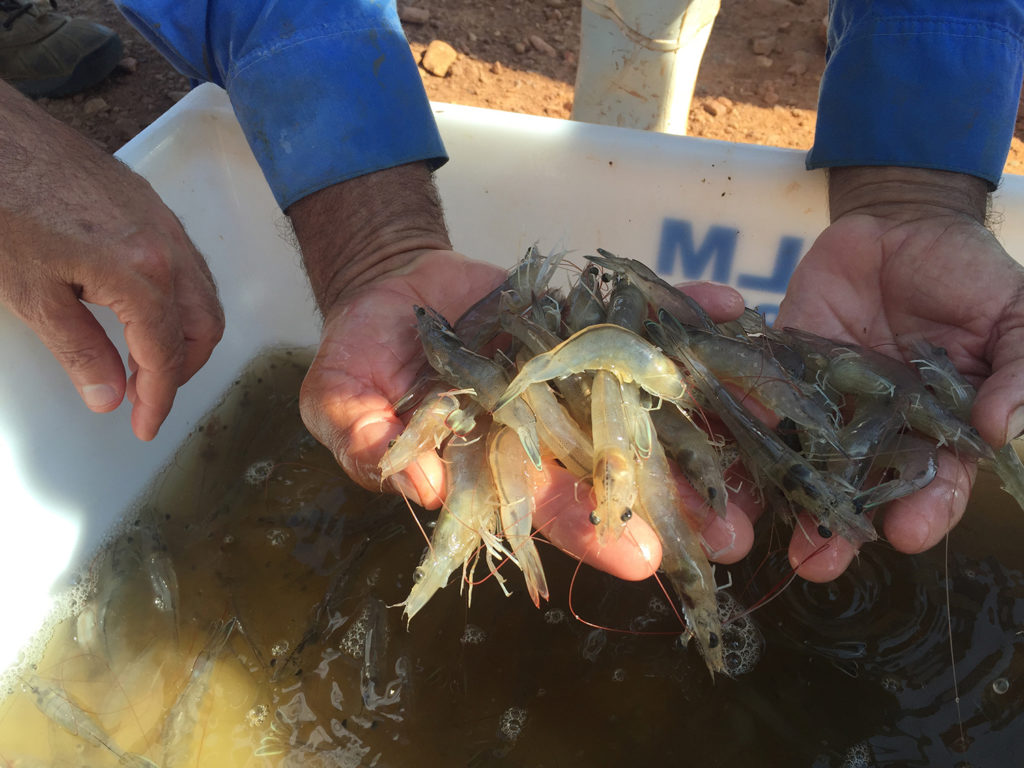
Aquafeeds
Aquafeed supplementation with crystalline amino acids
Authors present a practical review of modern formulation options including crystalline amino acids in fulfilling nutritional requirements in aquafeeds.
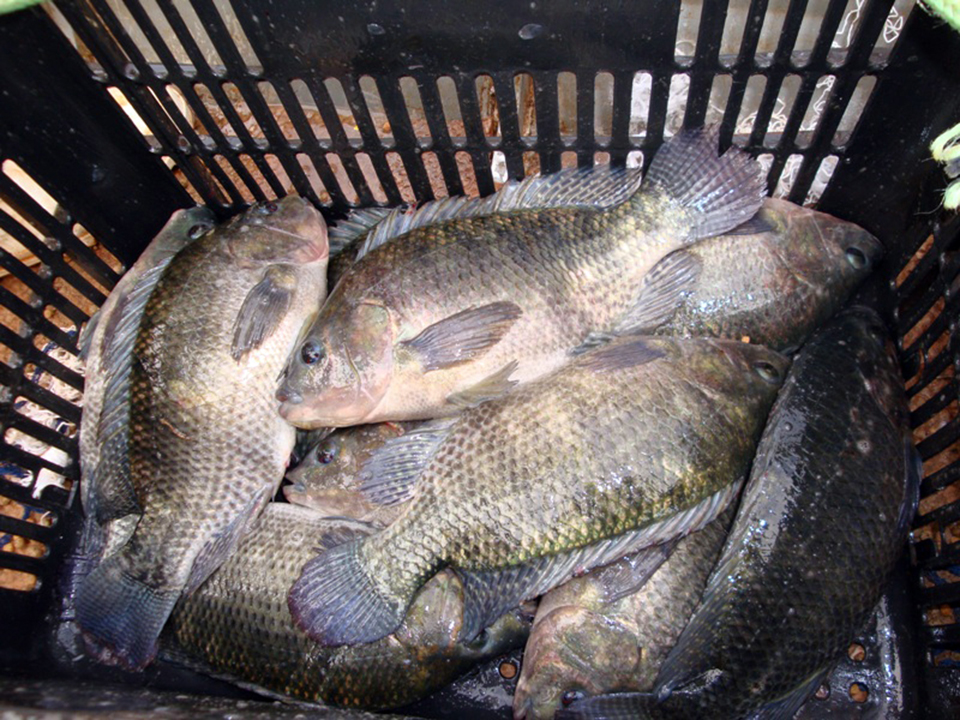
Health & Welfare
Brazilian researchers examine amino acids in Nile tilapia diets
Determining dietary requirements for tilapia requires precise formulation. Individual amino acids must be considered to establish well-balanced diets.
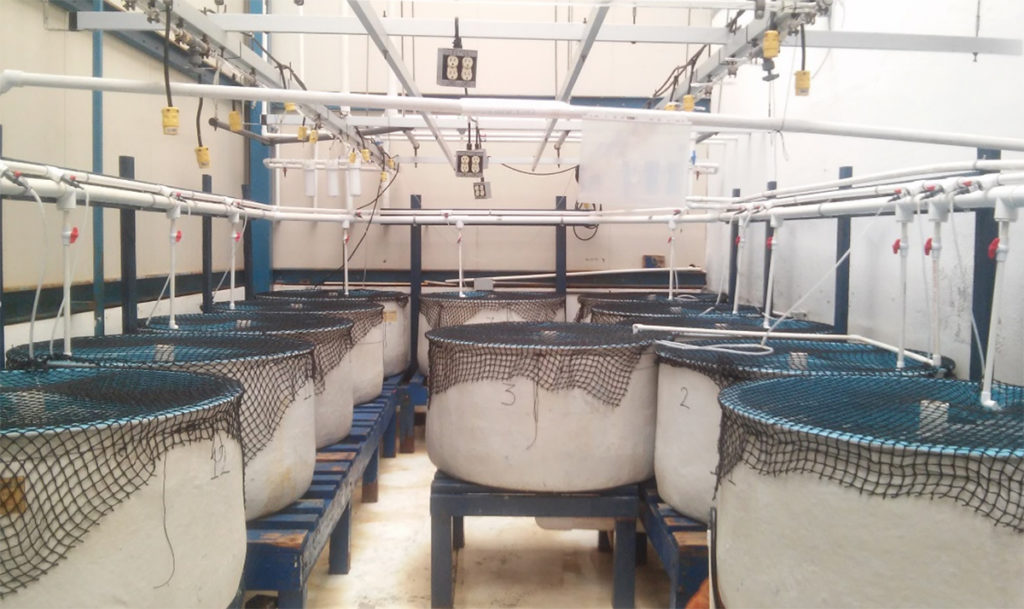
Health & Welfare
Enteritis induction by soybean meal in totoaba diets
This study investigated the effects of increasing levels of dietary soybean meal (SBM) with constant taurine supply in the induction of enteritis in juvenile totoaba.
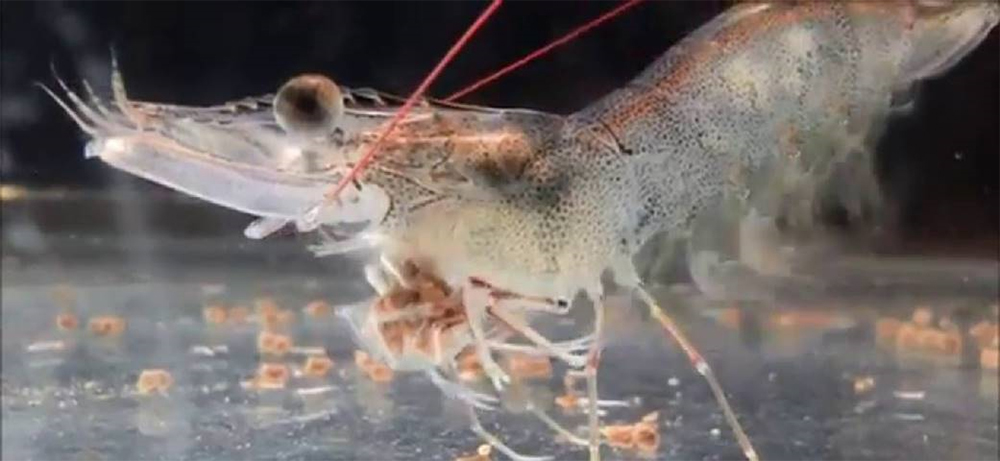
Health & Welfare
Grain distillers dried yeast in practical diets for juvenile Pacific white shrimp
A study evaluated the production response of Pacific white shrimp fed diets containing increasing levels of grain distillers dry yeast in two growth trials.


